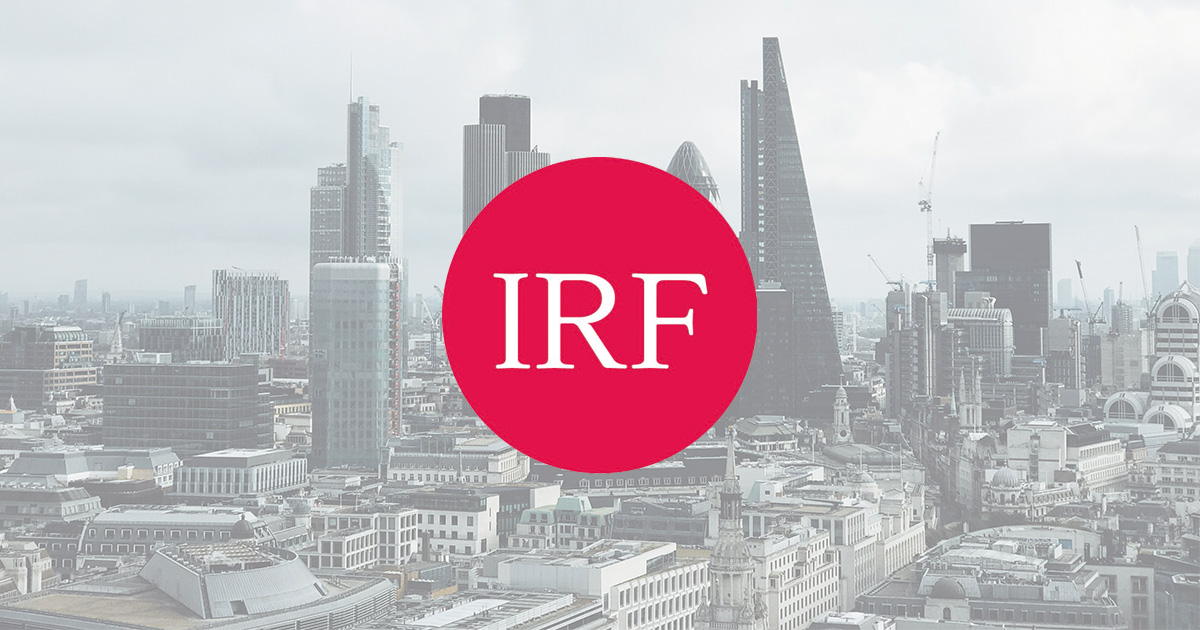Mon 11 May 2020 - 15:00
Summary
Stacey initially discussed the unemployment rate in the US believing it to be closer to 25% (up from 3.5% at beginning of the year). Retail supports 1 in 4 jobs, so once we see the shake out in retail we will certainly not be back to full employment anytime soon. 70% of US retail is small businesses which are not being given the appropriate funding to survive. Many retailers will disappear - the bankruptcies have already started, but a few companies including Target, Inditex, TJX, Nike, Ulta and Lululemon which have strong brands and have invested in stores and in their online capabilities will continue to do well. The call discussed the rift between wholesale and retail which is accelerating the ‘break-up’ already in progress. Those department stores which are a sea of sameness and are competing on price only will fall by the wayside (Macy's, JC Penney, Kohl's and Debenhams). The DTC (Direct to Consumer) model is accelerating fast. Levi's, Coach, Kate, Ralph Lauren, Kors, etc. and even luxury companies are increasingly moving away from wholesale distribution channels to protect brand and pricing. Loyalty programmes and apps will be vital in the transition period such as Starbucks' recent initiatives. Brands are not just breaking up with wholesale, they are also breaking up with landlords who are demanding full rent from tenants, who have had three months of next to no sales and a likely 30-50% reduction in traffic through the holidays and beyond. REITs will need to come to the table in the short-term to help their tenants and avoid losing them. Restaurants - which are big traffic drivers to malls will disappear as the US payroll scheme does not address their capital needs and therefore survival. Gyms, cinemas, and kids play areas, synonymous with germs, will struggle. Stacey expects up to 25% of malls in the US to close. Tensions in stores are high - issues with trying on clothing, shoes and cosmetics create challenging purchasing conditions. Make-up category will really suffer and was already under pressure; Macy's is giving customers paper to draw on to determine whether they want to purchase products. Going to the mall or even shops is no longer an enjoyable experience. Traffic will be down significantly in the second half of 2020 - expect to see massive off-price channel sales to try and shift inventory; retailers have spent 5 years trying to move away from these sales, so in many cases they are right back to where they started. Some retailers have talked about using the inventory next year, but customers will be wise to this; apparel trends and tastes change significantly season to season. Margins to come under further pressure - expecting a significant increase in online shopping with a preference for home delivery service; companies have also been lowering price thresholds for free delivery service and shop assistants have been receiving 'heroes' pay increases. Stacey also discussed brands moving away from doing business in China such as PVH - manufacturing is being onshored.
Topics
With COVID-19 impacting daily life across the globe, what are the key changes in consumer habits?
Which of these changes will have a deeper, longer-lasting impact on the industry?
How are retailers dealing with the absence of physical shopping?
What will happen to industry capacity?
Which areas oer the best investment opportunities?
